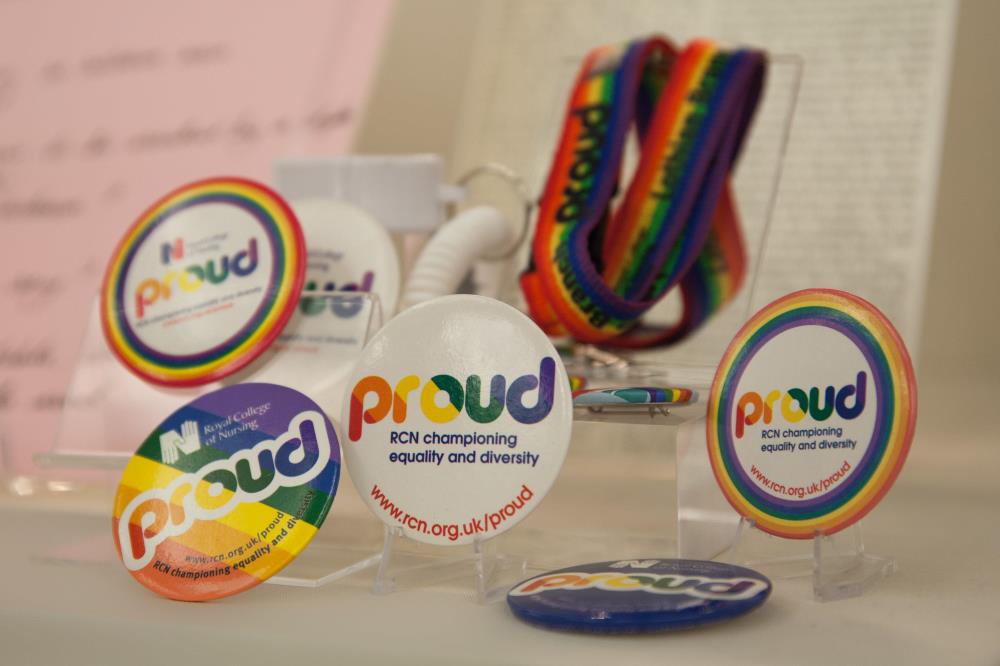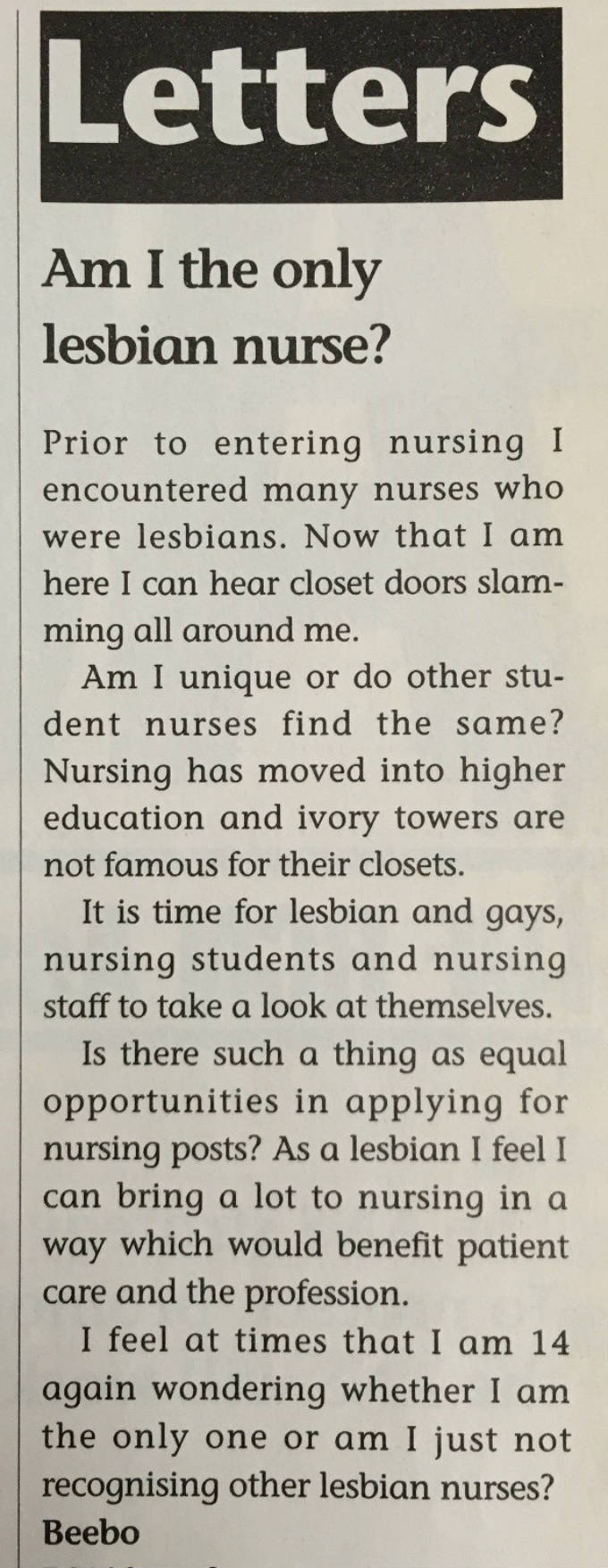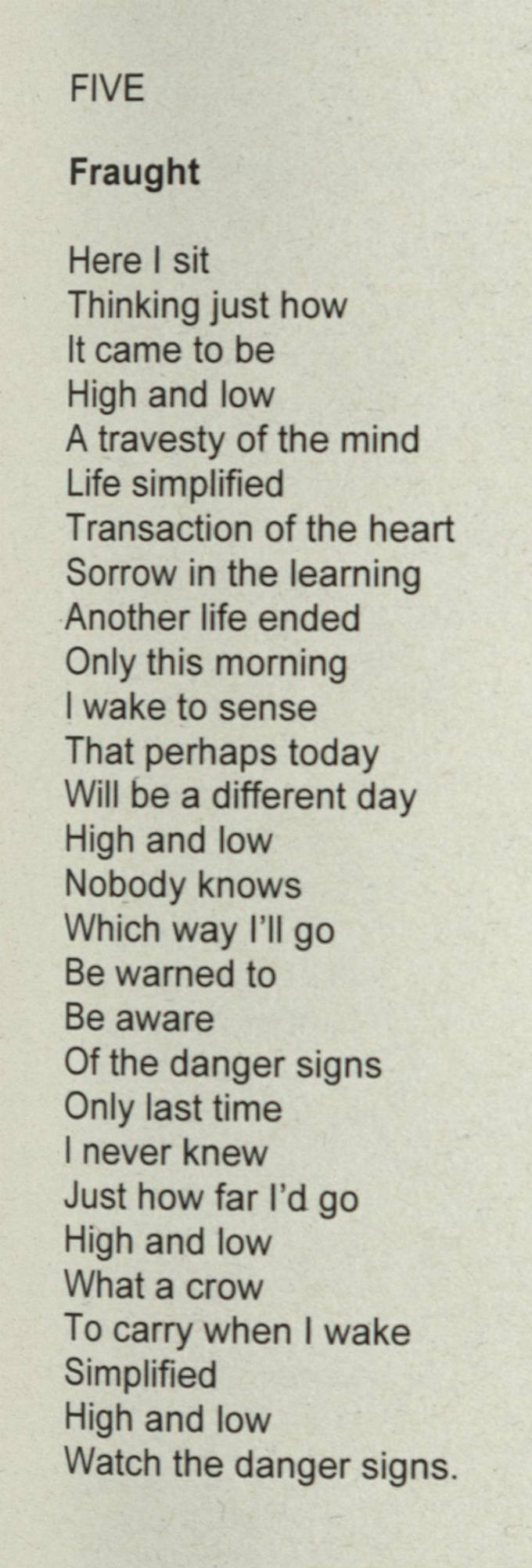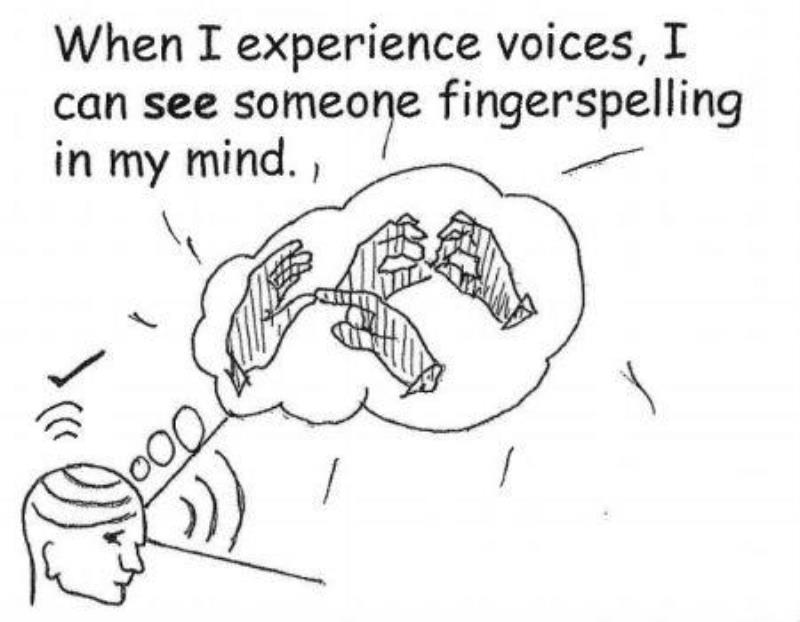Nursing is a diverse workforce
Nurses care for an increasingly diverse population. We are all different, and nurses see those differences every day, more intimately and personally than most. The history of nursing in the UK is an incredible story, rich with nurses from around the world, from different classes and cultures, an array of personal experiences and distinct life choices. Here at the RCN Library and Archive, we have begun the task of ensuring that this richness is recorded in history, expanding our collection to reflect this diversity and filling the gaps where we have no historical content at all. This journey has led to the exploration of previously untold stories, from the contributions of D/deaf nurses, to the experiences of Black, Asian and Minority Ethnic (BAME) nurses working in the UK, through to networks of Lesbian, Gay, Bisexual and Trans (LGBT+) nurses. The more nurses reflect their communities, the better prepared they are to meet the needs of those communities.
We have been asking nurses how personal experiences enhance their work as a nurse. What richness do nurses as individuals bring to patient care? Or perhaps, some personal life choices may be simply incidental to one's work as a nurse. This online exhibition is a snapshot of stories that reflect the true diversity of nursing past and present.
The below image is of pupil nurses at the South London Hospital for Women and Children c.1955, RCN Archives.
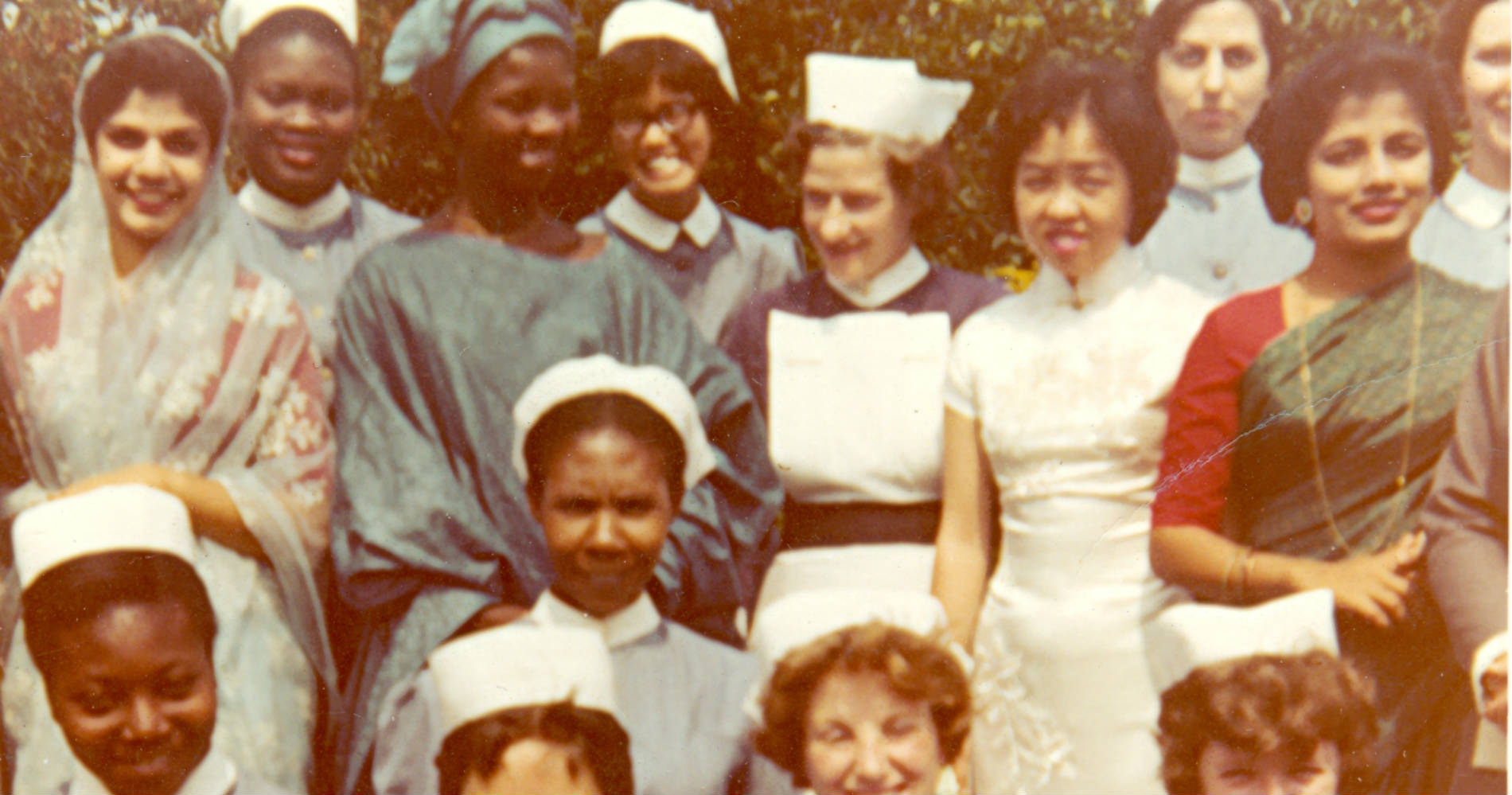
A letter from Vijaya Lakshmi Pandit in support of Umas nursing achievements in England, 1957
Brown Girl in the Ring Boney M, 1978, and school photo including Elizabeth Anionwu (then Furlong) at 12 years old Wallasey Technical High School March, 1960
Carol Webley Brown with patient Beatrice at Brookwood Hospital, 1976
Carol's 'Moving Up in the NHS' course certificate, 1993
Dr Lola Oni's (OBE) belt buckle, 1978.
Drawing of Carol studying hard for her Registered General Nursing exam, 1981
Mary Carol and Maureen at Greenwich District Hospital, 1984
Photograph of Uma Halder nee Dutta 1953
Thank you letter from Uma to the Secretary GNC and England Wales, 1994
Thank you letter from Uma to the Secretary GNC and England Wales, 1994
Uma sits with colleagues for Christmas lunch at Hammersmith Hospital, 1958
Original copy of Jamaican nurse Mary Seacole's autobiography 'Wonderful Adventures of Mrs Seacole in Many Lands', 1857
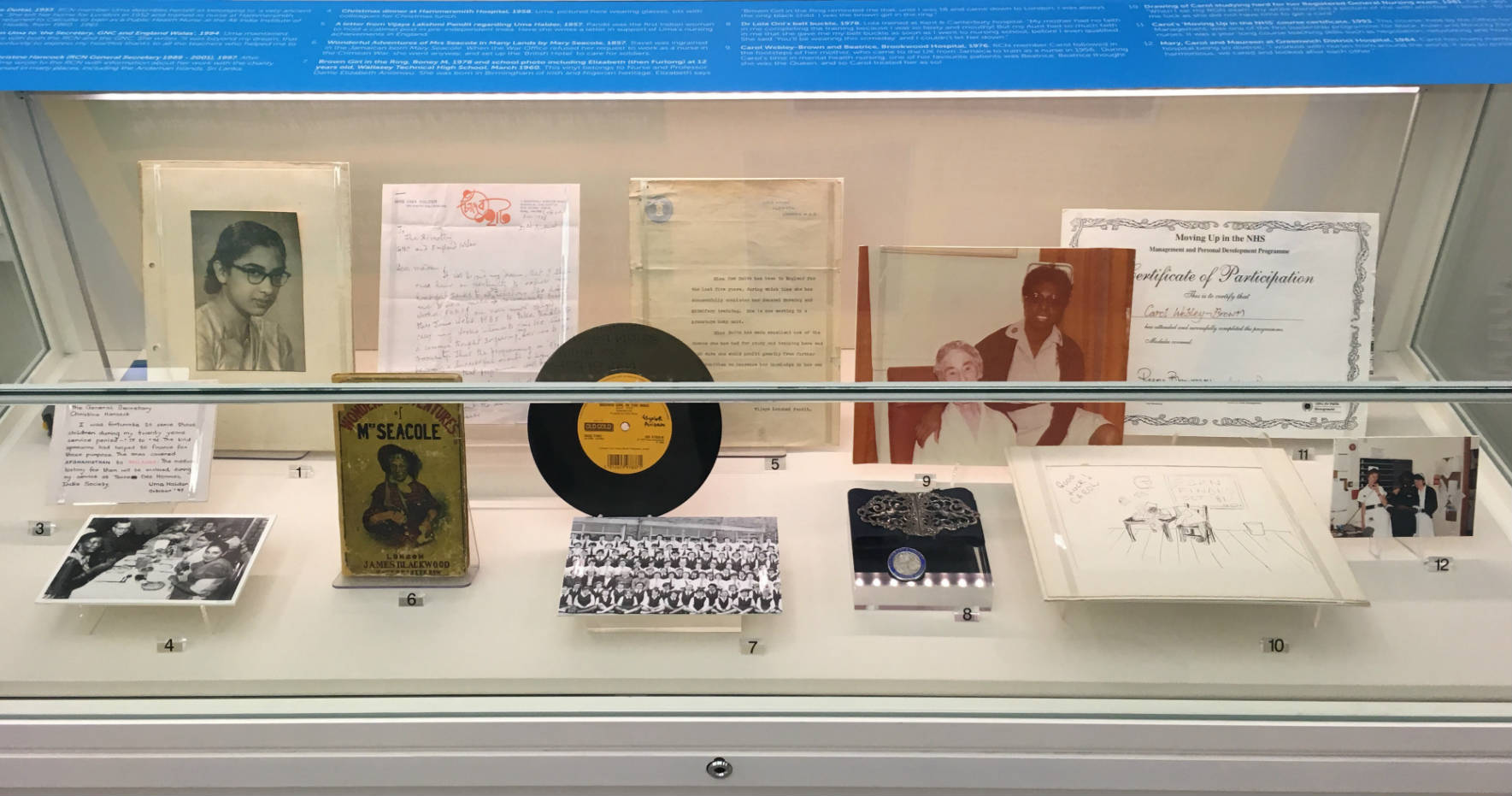
Providing a skilled nursing workforce for the UK has been a challenge throughout time. Since the early twentieth century, hospitals have used various strategies to support the delivery of skilled care. The introduction of a ‘second level’ nurse, initially in the 1930s, provided practical nurses to care for the chronic sick. This became the foundation of State Enrolled Nurse training (SEN). At the formation of the NHS in 1948, targeted recruitment of young adults from the Commonwealth helped fill vacancies.
Many nurses recruited from overseas were directed to State Enrolled Nurse (SEN) training. As an SEN or ‘pupil nurse’, two years training was required, as opposed to the three years required for State Registered Nurse (SRN). The differences between the roles and responsibilities of SENs and SRNs meant that many enrolled nurses didn't receive the respect or recognition that they deserved. Many were keen to extend their training to SRN.
"Watch out, they’ll try to push you into a lower grade.” She [my sister] was right. In my interview they started saying it would be better for me to be a state-enrolled nurse. I said: “No thank you, not with my qualifications, and if you don’t want me I’ve got an interview at Bart’s down the road.”
Some hospitals recruited whole cohorts of pupil nurses from South East Asia. Often, new recruits would arrive in the UK alone and would find support from colleagues in the same position. Nurses’ homes formed a strong base for tight friendships to grow. Some hospitals provided English language tuition. Many Asian nurses remained in the UK practicing as Enrolled Nurses. Others returned home with new skills and experiences.
“I came [to England] alone. The British Council met me at Southampton and they put me on a train and I went to Bath. A bit scary, but I coped. When I went into the nurses’ home by taxi, I met up with students from all parts of the world and we were all in the same category. We had nobody, we had nothing.”
Shirley Ramnarine. Shirley was recruited from Trinidad in 1967 and recalls being met in Southampton by a man from the British Council, taken by taxi and put on a train to Bath. She found her own way to the nurse’s home and began her SEN training. She later became an RGN and worked as a practice nurse.
Article Les Dames Anglaises with the Reims unit of the Comite Britannique British Journal of Nursing BJN, 1920
Cathlin du Sautoy holding Victor (known as Hiddy) and extract from BJN article, 1920
Lady Hermione Blackwood and Cathlin du Sautoy with adopted children Yvette left and Victor Rene right, 1926
Lemons on the night shift, 2017
Lesbian nurse by Theresa M Stephany, 1988
Letter sent from Hermione to Cathlin, c1920
The Unit at Reim with Lady Hermione Blackwood and Cathlin du Sautoy and Victor, 1920
Vera Jack Holme, 1916
Walking cane and Norwegian folk art chair belonging to WWI ambulance driver Vera 'Jack' Holme, early 20th Century
'Wide Neighborhoods: A story of the Frontier Nursing Service', 1952
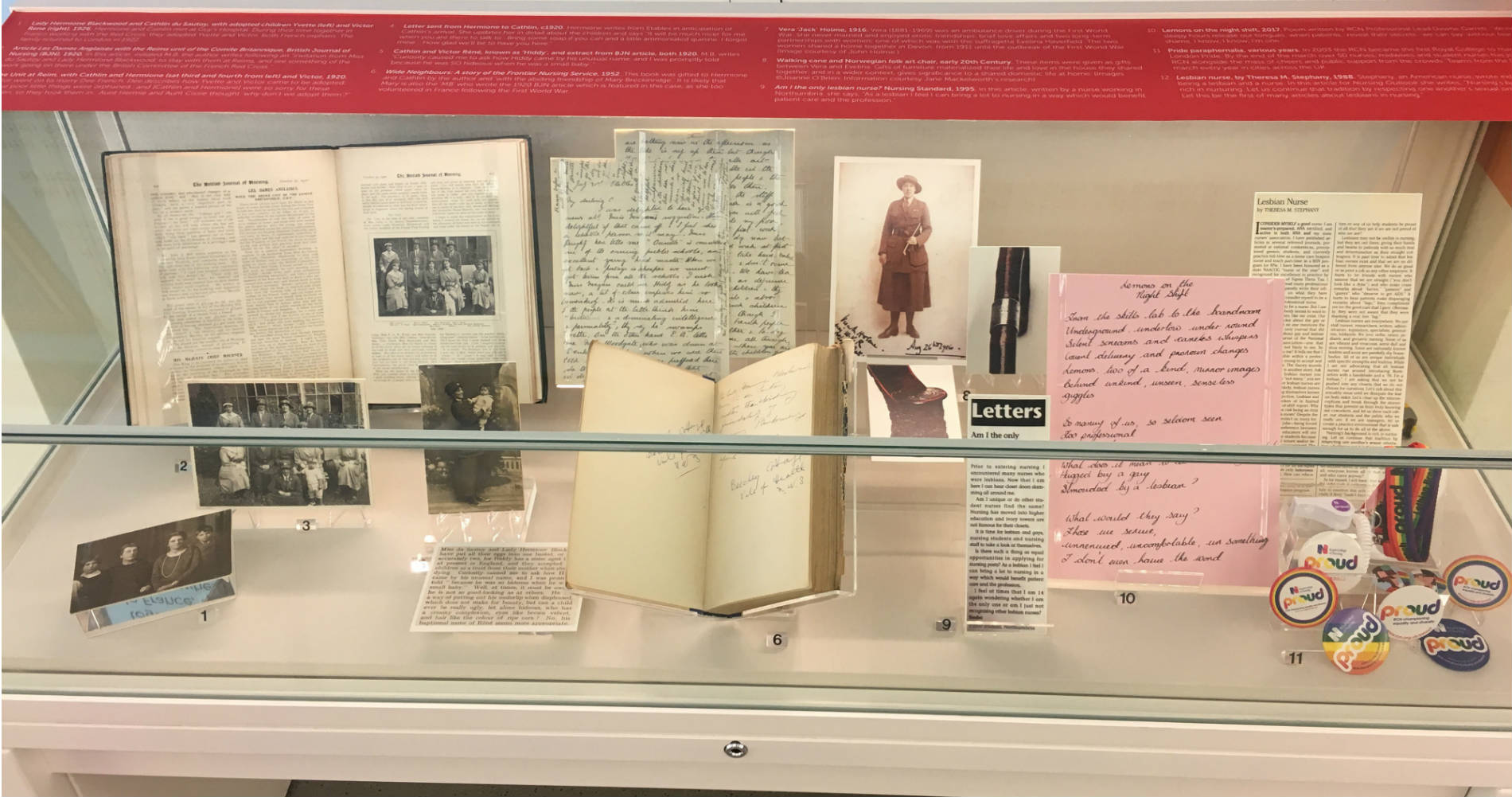
Is sexuality incidental to our work? Or does it influence our relationships with colleagues and patients? LGBTQ+ networks are now common in the workplace and play a vital role in promoting equality in health care environments. Nurses are privy to some of the most intimate details of the communities they serve. Should health care professionals in turn disclose personal aspects of their own lives?
"I felt I just had to do something – I couldn’t sit back and watch as this vile syndrome wiped out my community. I suppose I wanted to look after my own."
Dr Tommy Dickinson’s ongoing study at King’s College London begins in 1981, with the first reported AIDS case in the UK. His research has uncovered a proliferation of queer nurses choosing to work in HIV/ AIDS care, showing that many LGBTQ+ nurses were driven to ‘look after their own.’
"Gay nurses were a godsend. I was just like, ‘Oh, thank god, we’ve got a gay nurse.’ Straight nurses were a mixed bag, but the gay nurses – gay men and lesbians – really were a godsend. There was a kind of unwritten understanding and compassion between us."
Lady Hermione Blackwood and Cathlin du Sautoy
Hermione and Cathlin met at Guy’s Hospital. During their time together in France working with the Red Cross, they adopted Victor and his sister Yvette, both French orphans. The family returned to London in 1922 where Hermione and Cathlin spent the rest of their lives together in Hampstead. They almost certainly wouldn’t have referred to themselves as lesbians since the term was not in everyday use. However looking back at the lives of these nurses, they clearly lived their life as a loving couple and formed a close family together.

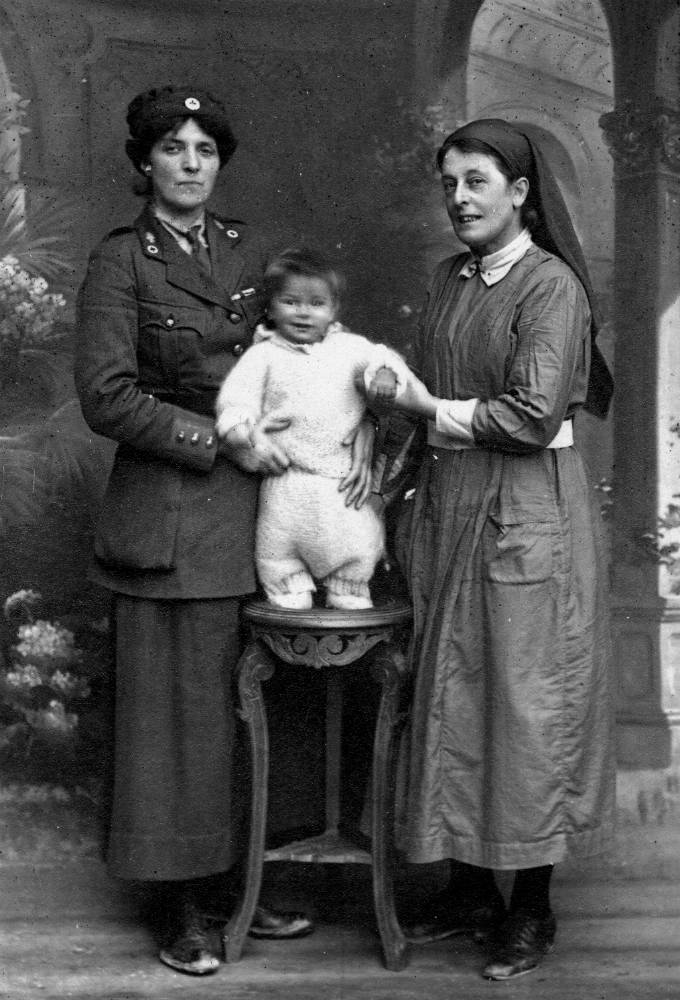
Image: Lady Hermione Blackwood and Cathlin du Sautoy, with adopted son Victor Rene, 1926. RCN Archives

Being Deaf and working in an environment where everyone else can hear can be a big challenge for healthcare professionals. Dealing with different languages in a hospital is common. All patients should be heard, especially those from a linguistic minority. Having Deaf staff present who are fluent in British Sign Language (BSL) ensures that Deaf patients are truly listened to. Herbert Klein was one of the first Deaf Therapists at the Deaf Mental Health unit in Springfield Hospital. Not only was he assessing and diagnosing, but translating as well.
“There was lots of jargon such as schizophrenia and other medical words for which we had no signs and didn’t know how to sign. If a Deaf patient used a sign that I recognised, and there was a term I knew like schizophrenia, I couldn’t be sure if the sign being used communicated the word that I knew.”
Thirty years ago, Deaf people were not allowed to work in mental health services in the NHS. At that time there were no provisions made for Deaf people to attend training, let alone become nurses or clinicians. After a decade of campaigning by the British Society for Mental Health and Deafness, boosted by the Disability Discrimination Act 1995 (DDA), Deaf people were finally able to become professional clinicians. In 2004, Susan Eagling became one of the first Deaf BSL users to qualify as a nurse, alongside two others.
“I never thought I would be one of the first Deaf people to qualify as a nurse. I was just plodding on. Looking back, I was lucky to have had that opportunity, but it wasn’t an easy course. We need to encourage more Deaf staff, and more hearing people who can sign.”
The experiences, thoughts and feelings of patients can be easily misinterpreted. Having Deaf professionals is vital for accurate diagnoses of Deaf patients. Simple miscommunications can be frustrating to patients who do not feel understood; frustrations which may be interpreted as aggression by hearing staff. When Herbert arrived at Springfield, there had been 220 restraint incidents per year. Two years later, after having educated hearing staff about BSL culture, the number of restraint incidents reduced to 50 times a year.
Best Deaf Role Model awarded to nurse Jackie Wan, 2016
Deaf peoples experience of voices toolkit, 2007
Face Time Skype and ReSound app
'Fraught' by Deaf poet Richard D France, 2016
Issues arising from a proposal for Deaf persons to access nurse education, 1994
Letter from Dr Nick Kitson Consultant Psychiatrist at Springfield Deaf Unit to Ruth Sharman English National Board ENB, 1992
Mental health BSL vocabulary, 1997
Minicom typewriter, 1990s
Sign language in mental health, 1997
Telephone Induction Amplifier, c1978
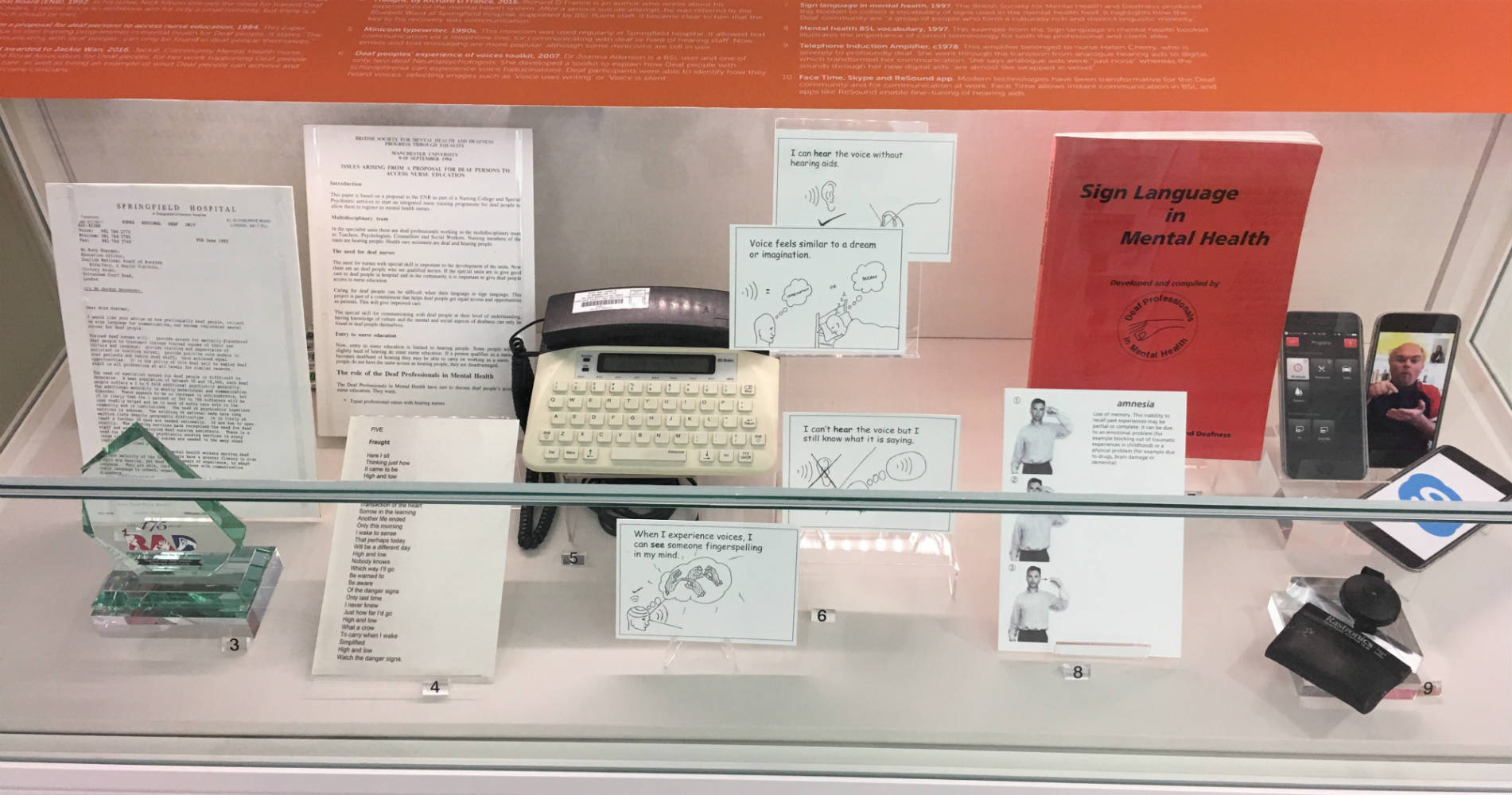

Being disabled and being a nurse can seem incompatible through the medical model lens. However, as more health care employers begin to recognise and harness the value of lived experience, this view is changing. Nurses who have the resilience and support to disclose a disability are paving the way for a social model approach. But discrimination still exists. By sharing our experiences of disability we can make changes that will eventually mean that no one has to worry about the label of “disabled” and instead get on with celebrating difference.
Nurses see disability every day in the patients they care for. This can skew their ability to acknowledge their own care needs. Many face unique challenges as they navigate barriers at work and in life. This is particularly difficult for those whose identity as a nurse is seen to be at odds with their disabled identity. The social model of disability has had a major influence on society’s understanding since the 1980s when the term was coined. Before this, the medical model assumed that individuals were disabled by their impairments or differences. The social model says that individuals are disabled by society.
"We have probably all come across brick walls & barriers due to ignorance & lack of awareness…with the public putting us to fit into their box. This is where your own strength of character has to shine through at some point…I feel completely at ease with a disabled label if it helps me & others to be accepted & get on with our life"

This exhibition is just the beginning of our attempt to fill the gaps in our nursing collection. In this space is a handful of stories that demonstrate the breadth of nursing past and present. We can only scratch the surface of a community so diverse.
Our aim is to carry on expanding our collection so that the experiences of all nurses, from individuals to groups and communities, will help to inform the future of nursing. After another 100 years, when the Royal College of Nursing celebrates its 200th birthday, nurses of the future will be able to learn from the past, our present.
Our collecting work continues and we want you to help. Everyone has a history and everyone’s story counts. Get in touch with us and be a part of preserving nursing experience for the future.
Thank you.


